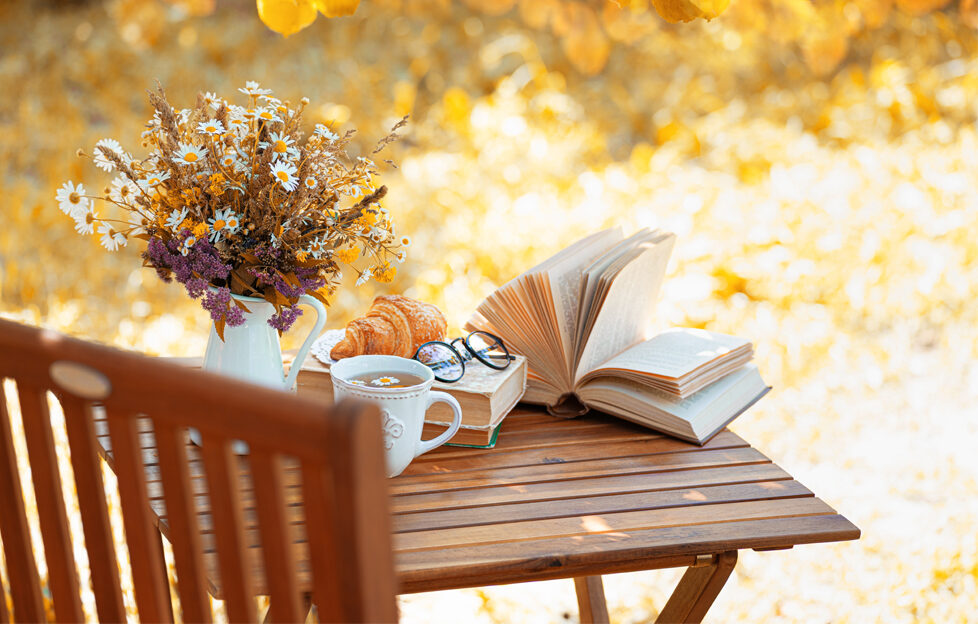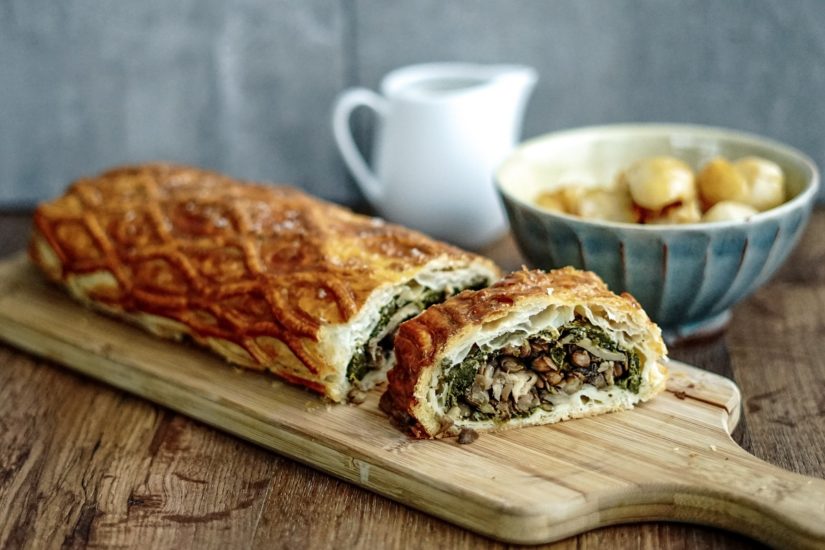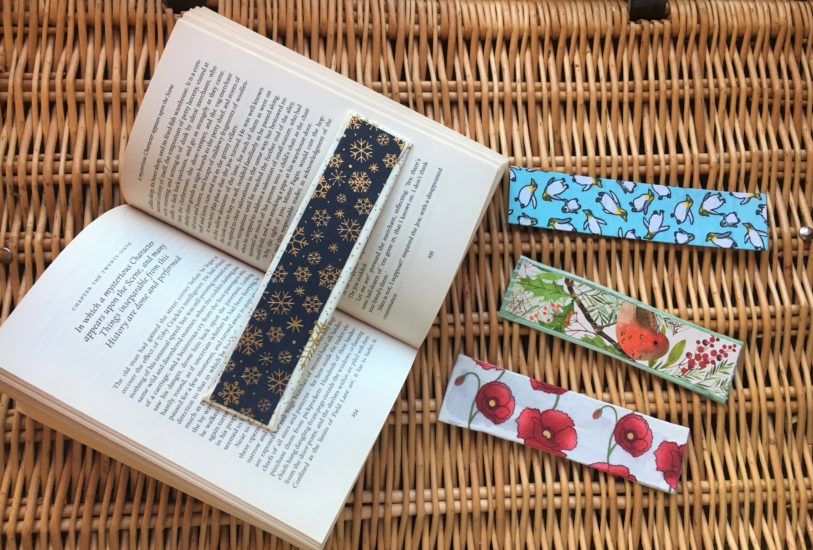
Just because it’s the autumn/winter months doesn’t mean there’s nothing to do in your garden! The Greenhouse People have some tips on how to help the wildlife in your garden through the colder months.
As the weather gets cooler, we’ll be spending less time in our gardens and taking shelter inside. But there are plenty of critters which could use a helping hand through the autumn and winter in your garden too.
Making just a few small changes in your garden can be a great help for wildlife and help both insects and animals thrive during the harsher seasons.
Huddle up twigs and leaves
As leaves fall and twigs snap off, it can be tempting to rake them all up and toss them away. But they can provide some essential cover for insects and small mammals like hedgehogs.
Rather than removing all twigs and leaves, create some small piles in your garden beds and leave them there throughout winter.
Hedgehogs in particular love to nest in natural materials and are a welcome addition to your garden since they help keep insect pest populations at bay. They usually enter hibernation in October or November, so be sure not to disturb any of the piles where they may be nesting throughout winter.
You can also place leaves and twigs in your compost heap, which also provides a safe haven for many creatures, but make sure that it’s kept dry.
Plant wildlife-friendly plants
While you may be spending less time out in your garden in autumn, there is still some gardening that you can do such as planting native wildlife-friendly plants. This will not only breathe some life into your garden but provide a safe haven for many animals and insects.
Shrubs like honeysuckle, lavender and ivy can all be planted in autumn and are ideal for providing food and coverage for birds, insects and other wildlife.
Some bee varieties can still be seen around your garden in autumn as they prepare to enter their hibernation phase in winter. Keeping a range of autumn flowering plants is a great source of pollen when food supplies are tougher to come by. Flowers such as Japanese anemones, red cauli and crocosmia still bloom in autumn, making them a perfect choice for a pop of colour in your garden.
Clear out your pond
It’s a great idea to welcome frogs in your garden as they eat pests like slugs and snails. So, if you’re lucky enough to have a pond in your garden, make sure you keep it clear to help out frogs.
Frogs often hibernate at the bottom of ponds among leaves and twigs. If it gets really cold, you’ll want to make sure your pond doesn’t freeze over, as this will trap the frogs.
While frogs enter a hibernation state, they aren’t inactive during autumn and winter. Keeping the top of your pond clear of debris will make it easier for frogs to get out of the water.
Provide a nest box
While many bird species migrate to warmer areas in the autumn and winter, there are plenty that will seek out warmer spots to nest.
If you’d like to encourage birds in your garden, set up a nesting box. This will provide a safe, warm space for birds to create a nest to see them through autumn and winter.
If you already have a nesting box in your garden but it hasn’t been used, chances are it is in a less-than-ideal location. Place it at least two metres off the ground and face it in a north or eastward direction. This will provide the box with some protection from wind and rain.
Leave out food
Of course, leaving out food doesn’t include your food scraps and leftovers or risk attracting rats and other unwanted guests to your garden. But providing some nutritious snacks will be a huge help to wildlife when food supplies are much harder to come by.
It can be wonderful to see a variety of birds in your garden, so why not provide some energy-rich foods such as suet, peanuts and mealworms to help keep them fed during the cooler months?
You can even create your own suet balls at home using a mixture of lard, oats and seeds. Simply roll up the mixture into small balls and wrap them with twine.
Be sure to keep food offerings off the ground to avoid attracting pests. Your homemade suet balls, for example, can be hung up in trees around your garden or placed on bird feeders.
Read more Gardening tips from the “Friend”.




